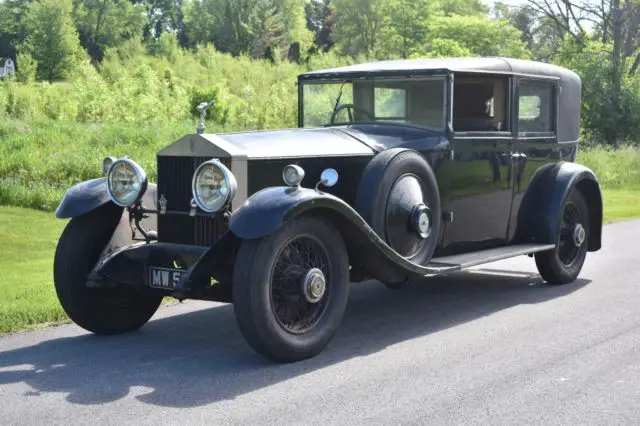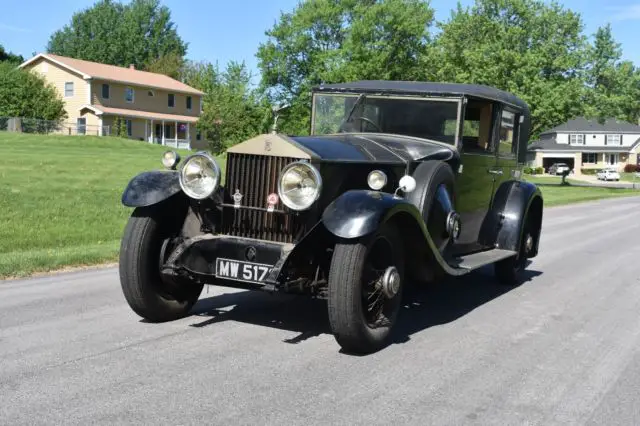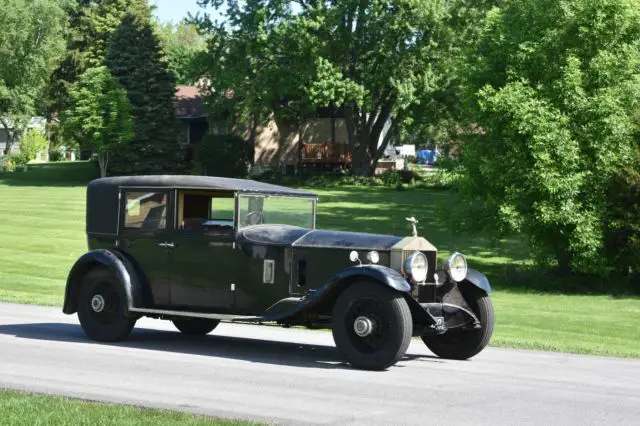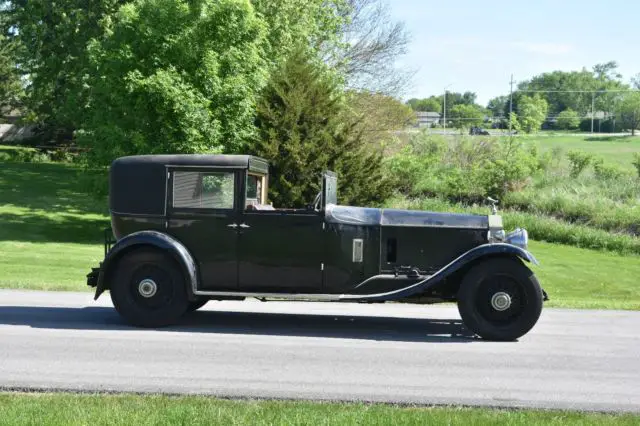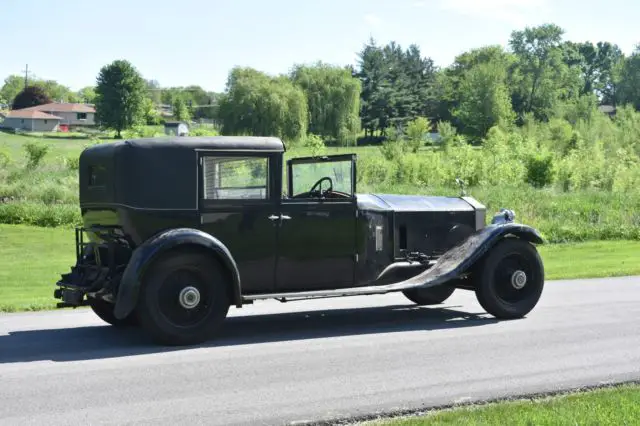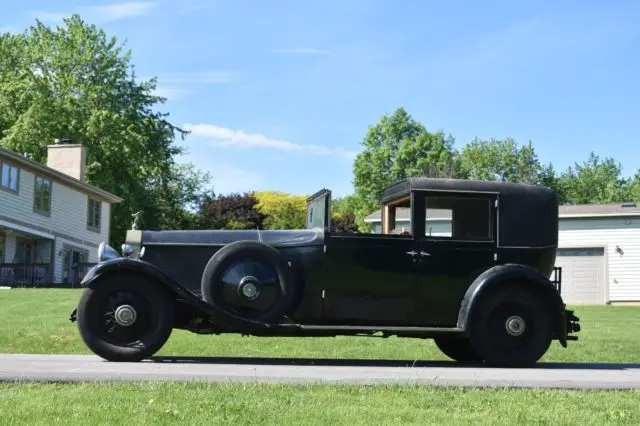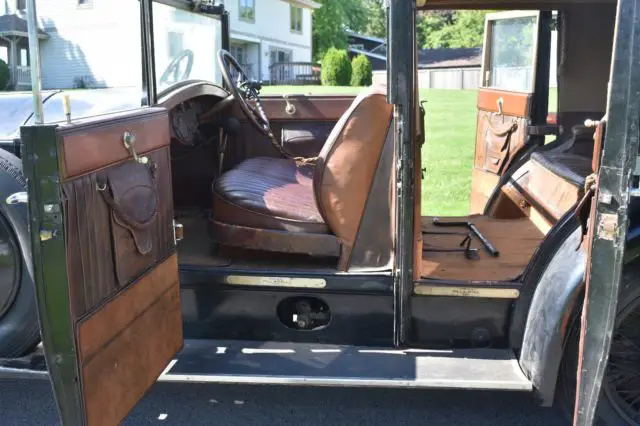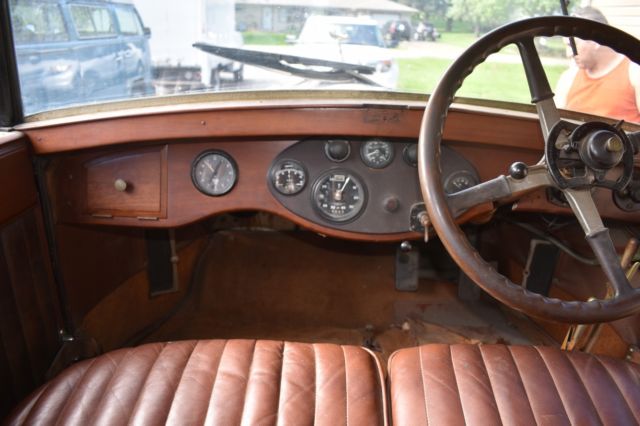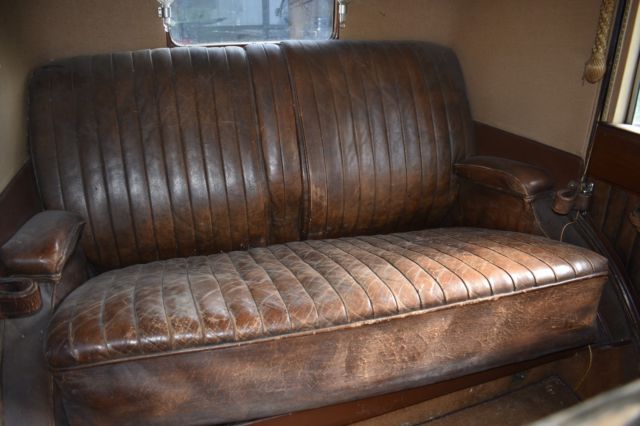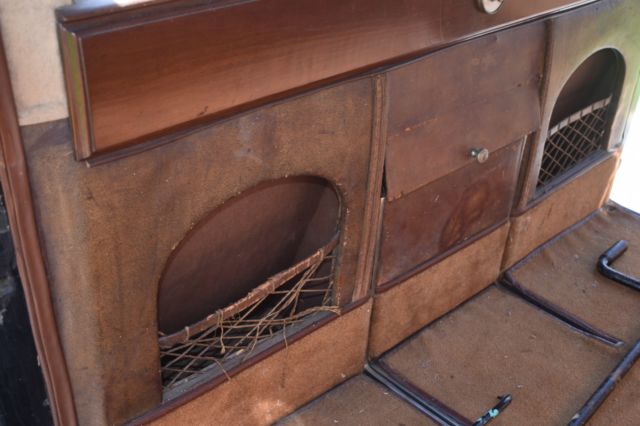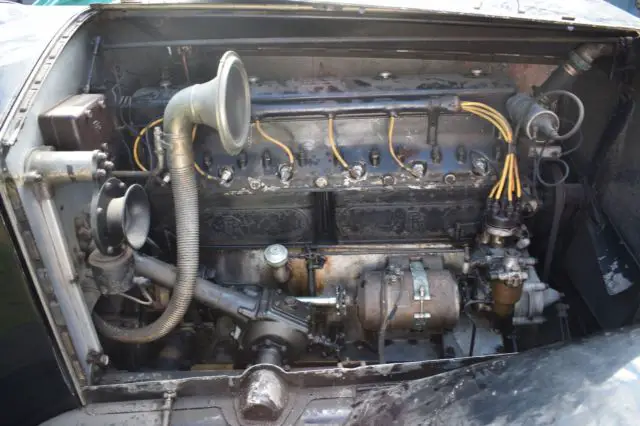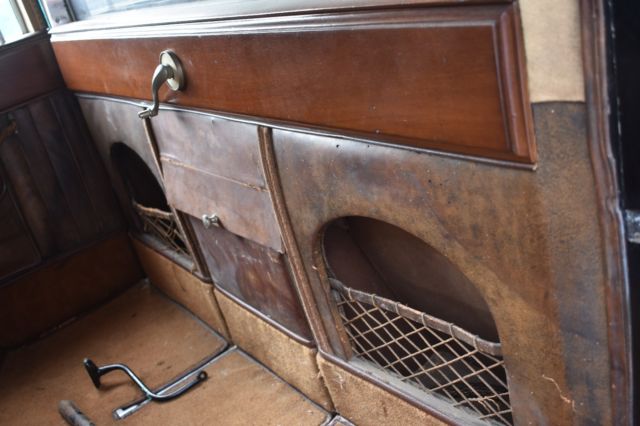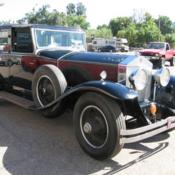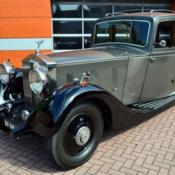Rolls-Royce Phantom I 1928 Town car by Hill & Boll of Yeovil
| Condition: | Used |
| Make: | Rolls-Royce |
| Model: | Phantom |
| Year: | 1928 |
| Mileage: | 71,471 |
| VIN: | 72WR |
| Cylinders: | 6 |
| Vehicle Title: | Clear |
| Item location: | Deerfield, Illinois, United States |
| Extras |
| Listed by | Private seller |
Description of 1928 Rolls-Royce Phantom |
|||
|
1928 Rolls-Royce Phantom I Town car by Hill & Boll ofYeovil, Somerset The car was firstdelivered to Hubert. J. Lawrence of West Lavington, Wiltshire, an important dairy farmer who owned West Park Farm and Dairy.Recently children of the farm workers who lived at West Park have been contacted and all can remember the RR whichLawrence would only driveon sunny Sundays and family weddings. Later Lawrencefought in the 1939/45 war. Ownership passed to William Cross in Oakland, California from 1971 until recently, a period of almost fifty years. Completely unknown fresh car and not been seen in decades.Runs sweetly.Largely original throughout and good structure tothe body. Original roof and linings in excellent condition. Front-facing folding jump seat in therearinterior. Provision for rear mounted trunk and for a rear-mounted spare along with the side mounted spare. Correct three bar Lucas headlamps. Original plates with original UK registration number, MW5172. Barker-style dipping headlamps. Heroic, classic proportions. Pebble Beach preservation class? More details about the car will be added later, and many more images are available. See a movie of the car in motion athttps://youtu.be/kB8F89YWTQE and see the Barker dipping headlamps demonstrated athttps://youtu.be/2Y7OhUeh8Yg Glyn Morris +1 847 274 5874 glyn@belmontgroup.net Car is in Deerfield, Illinois. Willing to fully assist with overseas shipments Note: Images of this car also include aphotograph that appeared in the 3 April 1896 edition of 'The Engineer' magazine, captioned "Petter and Hill and Boll's Oil-Motor Carriage"..An earlier example of their coachwork! There is also an image of a1931 milk tank wagon belonging to West Park Farm of Market Lavington, used to bring the milk to London. Background on Hill & Boll, courtesy of Bob Osborn HILL & BOLL CARRIAGE BUILDERS By Bob Osborn Coachbuilders from carts to cars John Hill was born in 1830 in Sherborne, the son of Thomas Hill and his wife, Charlotte. Little is known of John's early life but in the winter of 1863 he married 23-year old Sophia Milborne, daughter of Yeovil tailor and draperJohn Milborneand his wife Elizabeth, née Bidder. It is not known when Hill's Carriage Works first started but the advertisement in Whitby's Yeovil Almanack Advertiser of 1878 says "Established 40 Years" indicating a founding date of around 1838 which suggests that it was begun by John's father, Thomas, although the 1841 census does record that Thomas was a baker by trade. The carriage works does not appear on Day's map of 1831 but it is shown on the 1858 map. One of the exhibitors at the Bath & West of England Agricultural Show held inRam Parkduring 4, 5 & 6 June 1856 was Yeovil carriage manufacturer John Hill, at the time only 26 years old. The judges of the show recorded that his carriages "exceed anything in workmanship, lightness or design yet introduced" and theWestern Flying Postdescribed him as "the best carriage manufacturer in the West". In the 1871 census 41-year old John Hill was listed as a coach builder and was next to the carriage works and opposite theRed Lion InninKingstonwith Sophia, aged 31, and their two daughters; Bessie Sophia aged 6 and 3-month old Charlotte. John died in the winter of 1874, aged just 44, and Sophia continued to manage the coach building business. In the 1881 census Sophia was a 41-year old widow listed as a coach builder and lodging with her wasJohann H Boll, also listed as a coach builder. Johannes Heinrich Boll became a naturalised British citizen in 1885 and changed his name to John Henry Boll. He married Sophia's daughter, Bessie Sophia, in 1886. By 1889 the carriage works had changed from Hill's Carriage Works and was being advertised as Hill & Boll, Carriage Builders of Kingston and Park Road, Yeovil and South Street, Sherborne. John and Bessie were to have three children; Hilda born 1887, Frederick born 1890 and Evelyn born 1892. In the 1891 census John and Bessie were living in Pitney Cottage, Kingston, with their daughter Hilda and son Frederick. John was aged 33 and listed as a coach builder and was effectively running Hill & Boll.
In the mid- to late-1890's Hill & Boll collaborated with twinsPercival PetterandErnest Petter, together with their inventive Engineer and designer Ben Jacobs, to produce the first motor car with an internal combustion engine to be made in the United Kingdom. This used a converted four wheel Hill & Boll horse-drawn phaeton and a 3hp Petter horizontal oil engine. The vehicle was constructed at the carriage works of Hill and Boll inPark Street. The collaboration produced twelve different model automobiles in total including the "Yeovil Car".
In the 1911 census John, Bessie and their three children were living at Summerlands and John gave his occupation as "Manufacturer at Coach & Motor Works". Frederick, by this time aged 20, was listed as "Assisting in Works". John Boll died in Yeovil in 1916, aged 58, and it is believed that his son Frederick took over the management of Hill & Boll. Hill and Boll of Yeovil were among the thirty six motor car manufacturers (presumably as coachbuilders) exhibiting at the Motor Exhibition at Olympia and The White City in November 1922. In 1924 Hill & Boll amalgamated with Beaminster Garage Company (Edward Hann) Ltd. |
 Home
Home Contact us
Contact us NEWEST CARS
NEWEST CARS SELL YOUR CAR
SELL YOUR CAR FAQ
FAQ